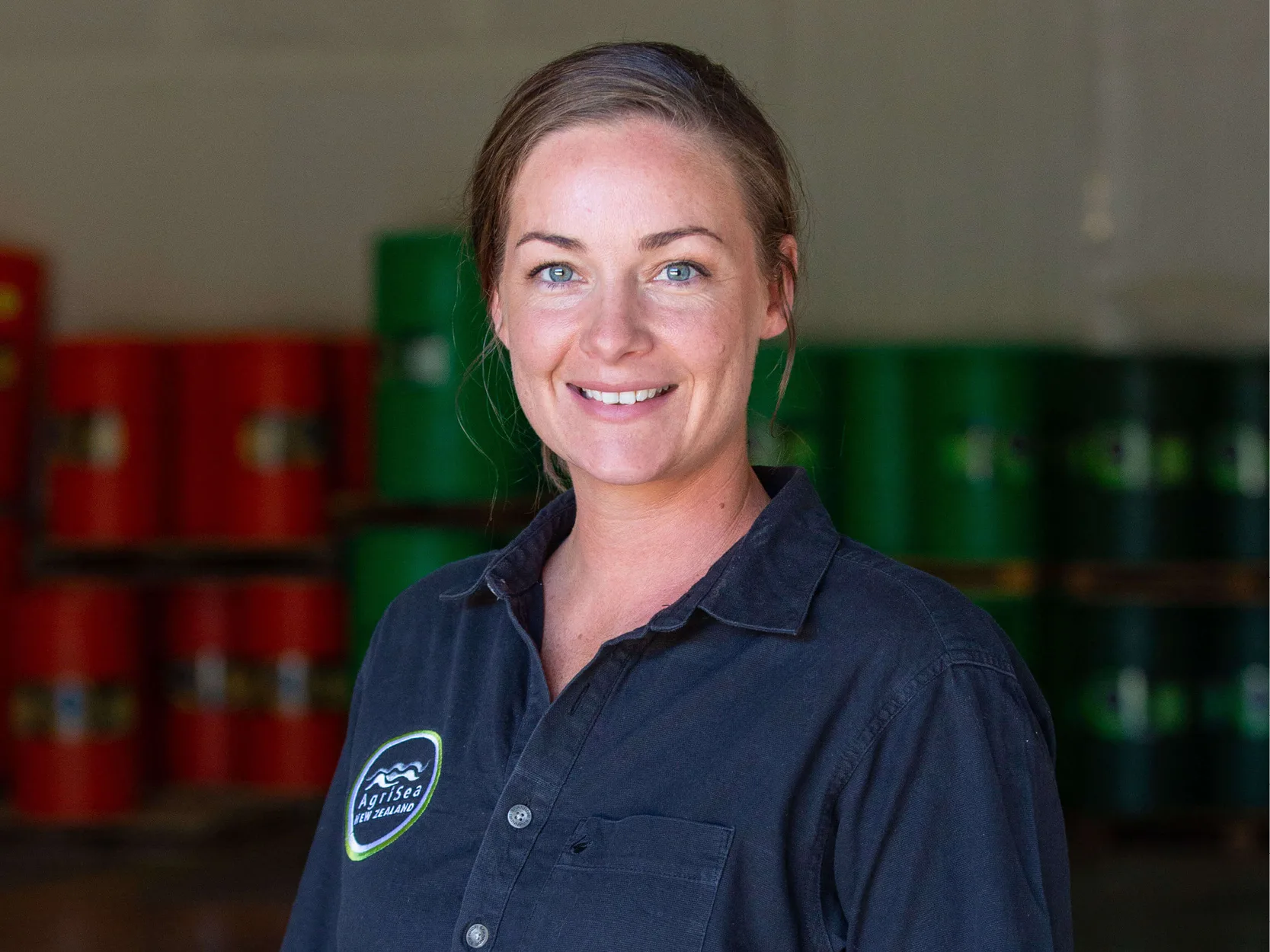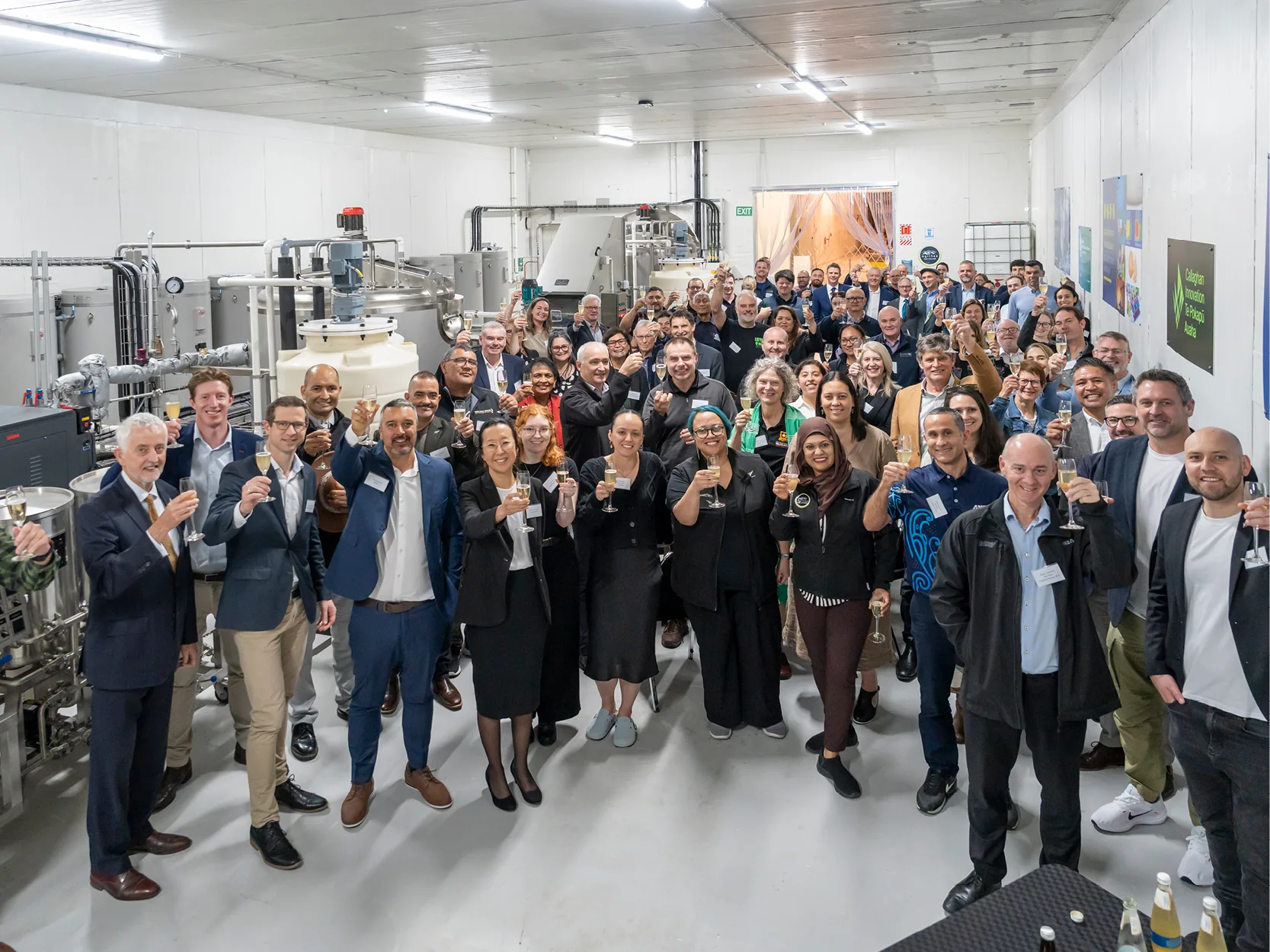New Zealand has once again demonstrated its global leadership in sustainable innovation with the opening of the world’s first commercial seaweed nanocellulose biorefinery at AgriSea’s Business Park in Paeroa. The new facility marks a major milestone in the transition toward a circular bioeconomy, transforming seaweed — one of the country’s most abundant and renewable marine resources — into high-value biomaterials for global markets.
The initiative has been supported by the Bioresource Processing Alliance (BPA), which provides funding and technical expertise to help New Zealand companies extract more value from primary sector secondary streams. According to Dr Max Kennedy, BPA board chair, who attended the opening, AgriSea’s new plant exemplifies how science-industry collaboration can unlock transformative opportunities for regional economies.
“This is an exemplar of how the Bioresource Processing Alliance can invest in innovation to add value to primary sector secondary streams,” says Max.
“It’s also a shining example of the circular economy — extracting the maximum value from raw materials while supporting employment in small towns and the Māori economy.”
Transforming seaweed waste into the “Gloop of the Future”
For decades, AgriSea has pioneered the use of seaweed in agricultural and environmental products.
With this latest venture, the company has taken a bold leap into biotechnology. The new biorefinery converts seaweed waste, collected by hand from New Zealand’s coastlines, into nanocellulose — a strong, thermally stable material made up of microscopic cellulose crystals.
Recently referred to as “the gloop of the future,” nanocellulose has remarkable properties. It is lightweight, renewable, biodegradable, and stronger than steel by weight. These characteristics make it ideal for use in a wide range of industries, from sustainable packaging and textiles to biomedical materials, electronics, and construction composites. By deriving nanocellulose from seaweed rather than land-based crops or wood pulp, AgriSea’s process avoids competition for arable land and reduces environmental impact through green chemistry.
A circular, community-driven approach
Beyond the science, the project carries deep social and regional significance. The new facility has created local employment opportunities, involved nearby contractors, and strengthened partnerships within the Māori economy. It’s a story of community-based innovation — showing how smaller, agile companies can lead the way in sustainability.
“AgriSea’s passionate team demonstrates how innovative and fleet-of-foot smaller companies can make a big impact through the application of science,” Max says.
“When industry and scientists work together in the co-product area, marvellous, transformative things happen — and that’s exactly the mission of the BPA.
“Well done to AgriSea and the scientists it collaborates with.”
Scaling up for global impact
A key question in any biotechnology breakthrough is scalability. Can nanocellulose production be made viable on a commercial scale? AgriSea’s new facility answers that with a resounding yes. The biorefinery integrates local biomass supply chains, advanced extraction technology and circular design principles to prove that high value bioresources can be produced sustainably and economically.
As interest in green materials grows worldwide, AgriSea’s pioneering work positions New Zealand at the forefront of the global bioeconomy — showing how innovation, science, and community can come together to turn waste into world-leading opportunity.
🎥 Watch the Seven Sharp feature on AgriSea’s breakthrough here:
https://www.youtube.com/watch?v=tMmYhqkjPWk






Comments are closed.